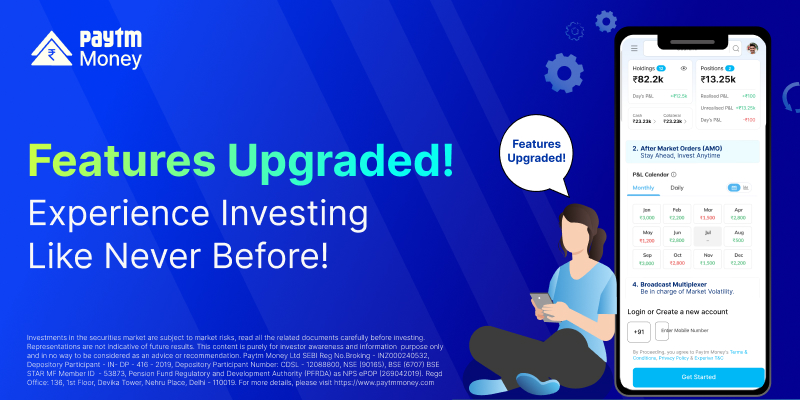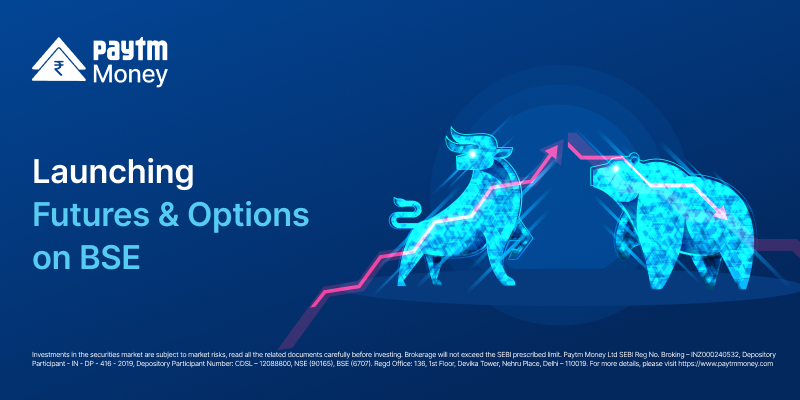Role of Trading Participants in the Futures and Options Market2 min read
As a trader, it is important to know each participant who helped you in taking a position during a live trading session.
For example, when the Put-call Ratio (PCR) crosses 1, it means put volumes are higher than call volumes. Ideally, this would indicate bearish sentiments. But sometimes, hedgers use put contracts to hedge their existing positions, increasing the PCR. But the market is actually not bearish.
Understanding market participants will also give you a sense behind any big event such as a market crash or who gets affected by regulatory changes.
The best way to understand these participants is in terms of the market risk each one takes on. A derivative product is a great way for participants to transfer the risk to one another.
Let’s categorize the participants into 3:
- Hedgers (Risk avoiding)
- Speculators (Risk taking)
- Jobbers (Risk neutral/Very low risk taking)
Hedgers
These are traders who use options and future derivatives to minimize the risk of their existing positions or trades because of market volatility or direction.
Most of the time, hedgers are actual manufacturers or producers who essentially lock in the price of the underlying (stocks/commodity/forex) to avoid future uncertainty of market direction.
Let’s take an example of a Nifty Future contract buyer, who has a bullish view but to minimize the risk, buys a put option to hedge the risk for downside movement.
In the above scenario as a trader, the Nifty Future buyer doesn’t want the price to go down, he/she just hedges the risk for downside movement and in the process, increases the sell side volume which creates a perception of a bearish market.
Speculators
Speculators predict price direction and execute the trade based on their view. All speculators take a risk to gain if the price moves as per their prediction or lose if the price swings the other way.
An important point to note is that speculators make the Future and Options market more efficient and liquid. Most of the retail traders fall into this category.
Institutional speculators are those who manage a fund and move the market with heavy capital infusion such as AMCs (Mutual Funds), PMS, AIFs , etc. Small players whose trading horizon is near-term strive to be on the same side as most institutional traders.
Jobbers
Jobbers trade on every small movement with no big price prediction in mind. They take advantage of such ups and downs with immediate profit booking. The profit per trade is low but the number of trades will be very high.
What is the rationale behind jobbing? None of the stock markets in the world can be directional all the time. Historical data shows that markets are neutral 75% of the time (COVID-19 being a global exception).
The more a market is traded by jobbers, the narrower the bid & ask and fair the price will be.
This content is purely for informational purposes and in no way an advice or recommendation.




